Overview
Video Walls from Just Add Power rely on the displays in the wall showing the video without any modification. However, sources and displays have a tendency to want to "improve" the video signal by processing and adjusting it. The most common way to get an excellent video wall is disabling all of the "extra" TV settings.
To setup a 2G Standard Video Wall, go here
To setup a 3G Standard Video Wall, go here
To setup a 3G Mosaic Video Wall, go here
To setup a 3G Artistic Video Wall, go here
To setup a MaxColor Standard Video Wall, go here
How to Fix Odd Video
If video on a Standard Video Wall looks odd - bezels are too large or too small, content is disappearing from one screen to another, content is duplicated from one screen to another, content is blurry - there are exactly 3 possible causes.
- The bezel measurements are not accurate or precise enough
- Setting up a Video Wall requires exact measurements of the frame and viewable portion of the display.
- Rounding often results in video not transitioning smoothly between screens.
- Measure multiple times to ensure accuracy
- The source is outputting an interlaced video format
- 1080i is incompatible with Just Add Power Video Walls, and is a common video format on cable and satellite boxes.
- Set all sources to a progressive video format - 720p, 1080p, 2160p
- The display settings are adjusting the video signal unnecessarily
- Ensure that all displays are on the same firmware version
- Disable zoom settings on the display. The setting to do this has a different name for every manufacturer; look for Just Scan, Fit To Screen, 1:1, Pixel by Pixel. Essentially, we need to stop the display from modifying the input signal and zooming is the most common way that a display adjusts a signal. The settings for this vary by manufacturer, and even by model within the same manufacturer. Below are listed some settings that we have used successfully:
- Samsung
- Set Fit to Screen
- Picture Settings -> Disable 16:9
- Samsung




